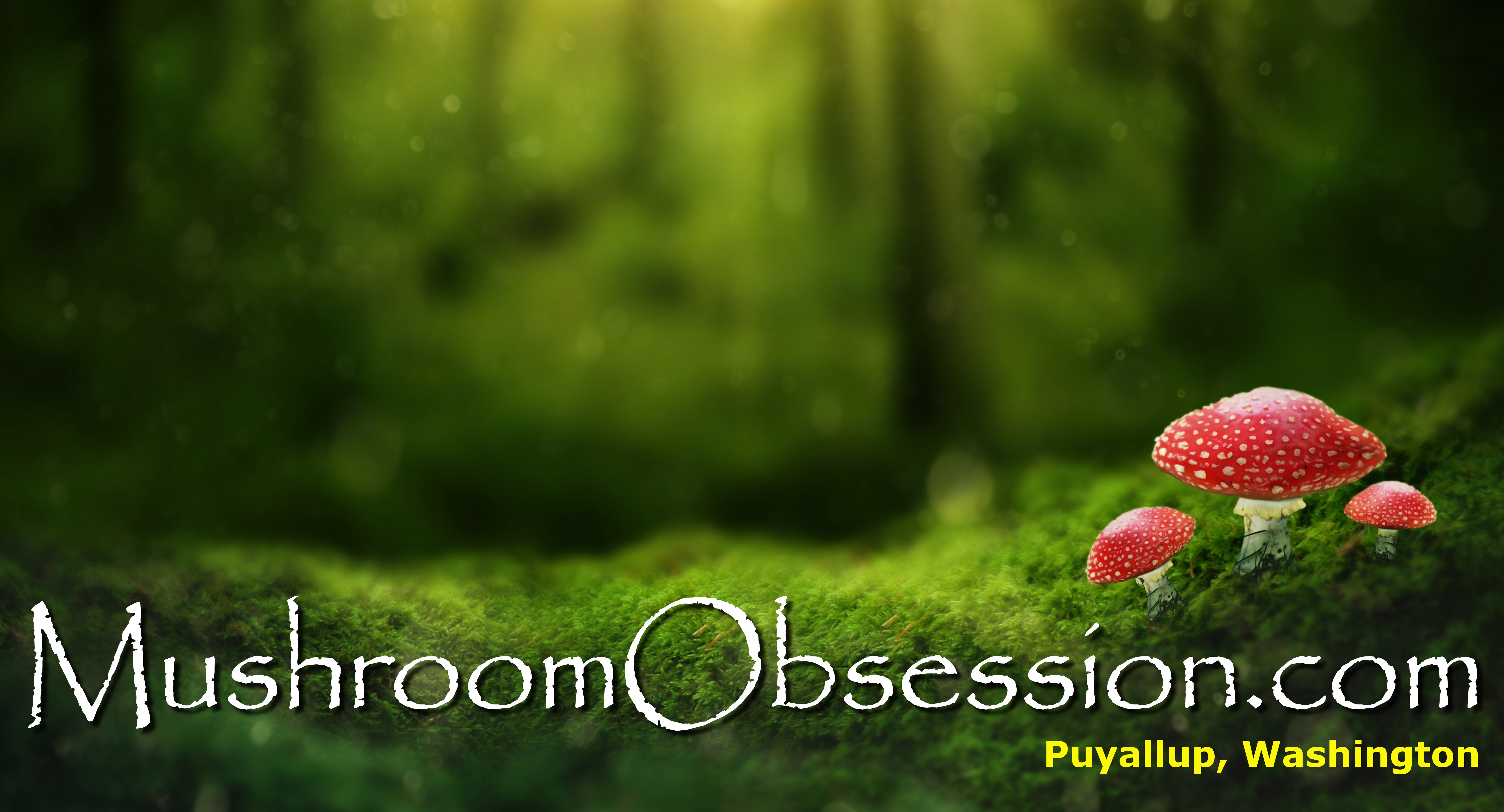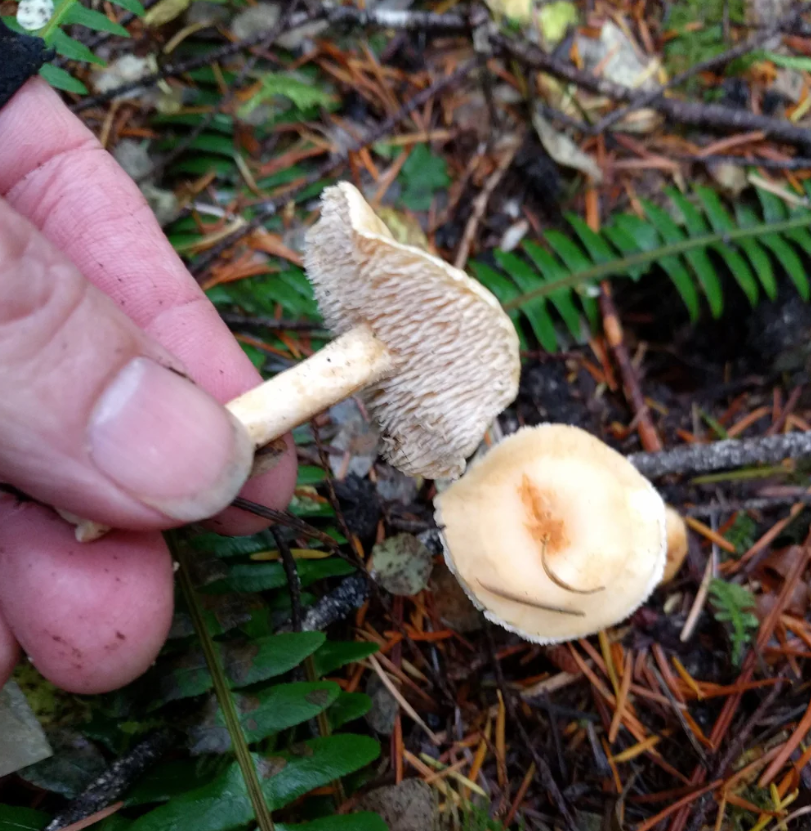And no, I’m not talking about the cute little ball spiny mammal, or even the cartoon character that goes by the name “Sonic.” I’m talking about mushrooms!

Hedgehogs are a late fall/early winter mushroom that grows in damp, ferny areas, and in my mind it is one of the more savory and simple-to-cook shrooms. I love it as a side dish, or as a breakfast mushroom with scrambled eggs.
I’m going to share my favorite Hedgehog recipe in a moment … believe me, it’s REALLY easy … but first, let’s talk about defining characteristics of the Hedgehog mushroom.
As you can see from the photo, Hedgehogs do not have gills. Instead, they are a class of shroom that releases its spoors through spines.
Their coloration is similar to Golden Chanterelles, except a little more on the ivory side. They have a characteristic darkened dimple in the center of the cap which earns some of them the name “Bellybutton Hedgehogs.”
My first Hedgehog I discovered by accident. I was harvesting Chanterelles and sent a batch home with my son. He did as all good mushroom hunters should do, and gave each mushroom in the batch a careful look-over once he got home. Then he called me. “Dad!” he said, “you’ve got a mushroom in here that’s NOT a Chanterelle!”
“Really?” I replied, concerned. “What is it?”
“I don’t know,” he confessed, “but instead of gills it has spines under the cap.”
I retrieved the errant mushroom and worked to come up with a positive identification. I was pleased to learn that it was Hydnum repandum, or a “Hedgehog.” Also called a “Sweet Tooth,” I was grateful to learn it has no toxic lookalikes.

Since my discovery, Hydnum repandum has been a favorite, and I look forward to collecting them each year at this time. It is a close relative to the spiny Hericeum erinaceus, or “Lion’s Mane,” and although they both have spines, they look nothing alike. But Lion’s Mane is also a delicious edible. With both mushrooms, you have to catch them early on; the flavor deteriorates toward the bitter side when they get older.
And both are prepared in a similar manner: Heat a tablespoon of olive oil or butter in a nonstick pan or iron skillet. When the oil is hot, add the mushrooms, whole if small or cut into large pieces of larger, into a single layer in the pan and fry until the moisture is evaporated out and the sizzling subsides (about 3-5 minutes) stirring occasionally. You’ll want to make sure as much mushroom as possible is in contact with the oil, which will improve the flavor and texture of the final product.
Remove from heat and sprinkle lightly with coarse salt and some fine chopped parsley, and your Hedgehogs are ready to eat!

Like their cousin the Golden Chanterelle, Hedgehogs can also be dehydrated for long-term storage; but as in Chanterelles, some complex flavor characteristics as well as texture is lost in doing this. (I haven’t yet tried dehydrating and making “Cream of Hedgehog” soup with them, but I do plan to do that this winter, and will report back!) But some chefs have learned to preserve (or rather “conserve”) them by pickling them, after a fashion. Here’s a good recipe for a pickeled Hedgehog on Forager Chef.
Have you had the opportunity to collect Hedgehogs … the mushroom, that is? I’d like to know what you think of them!


Leave a comment